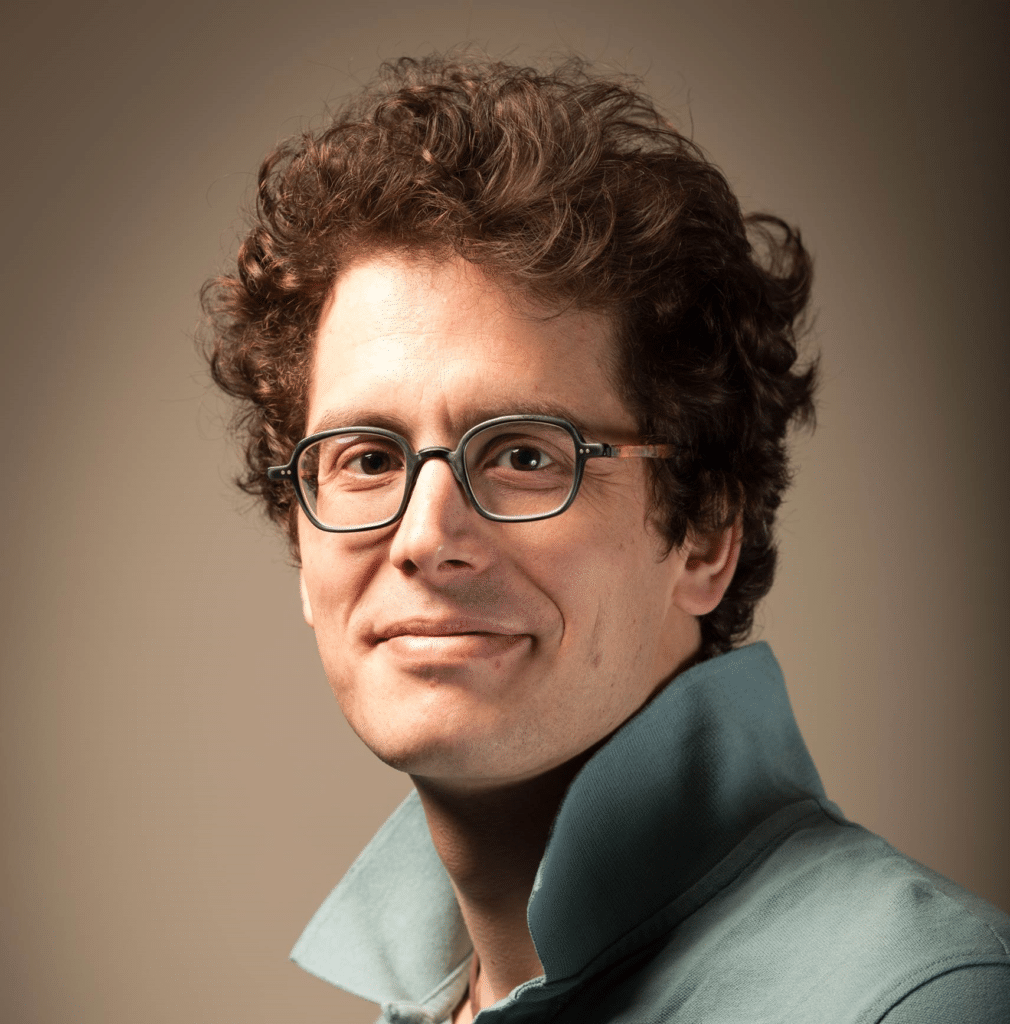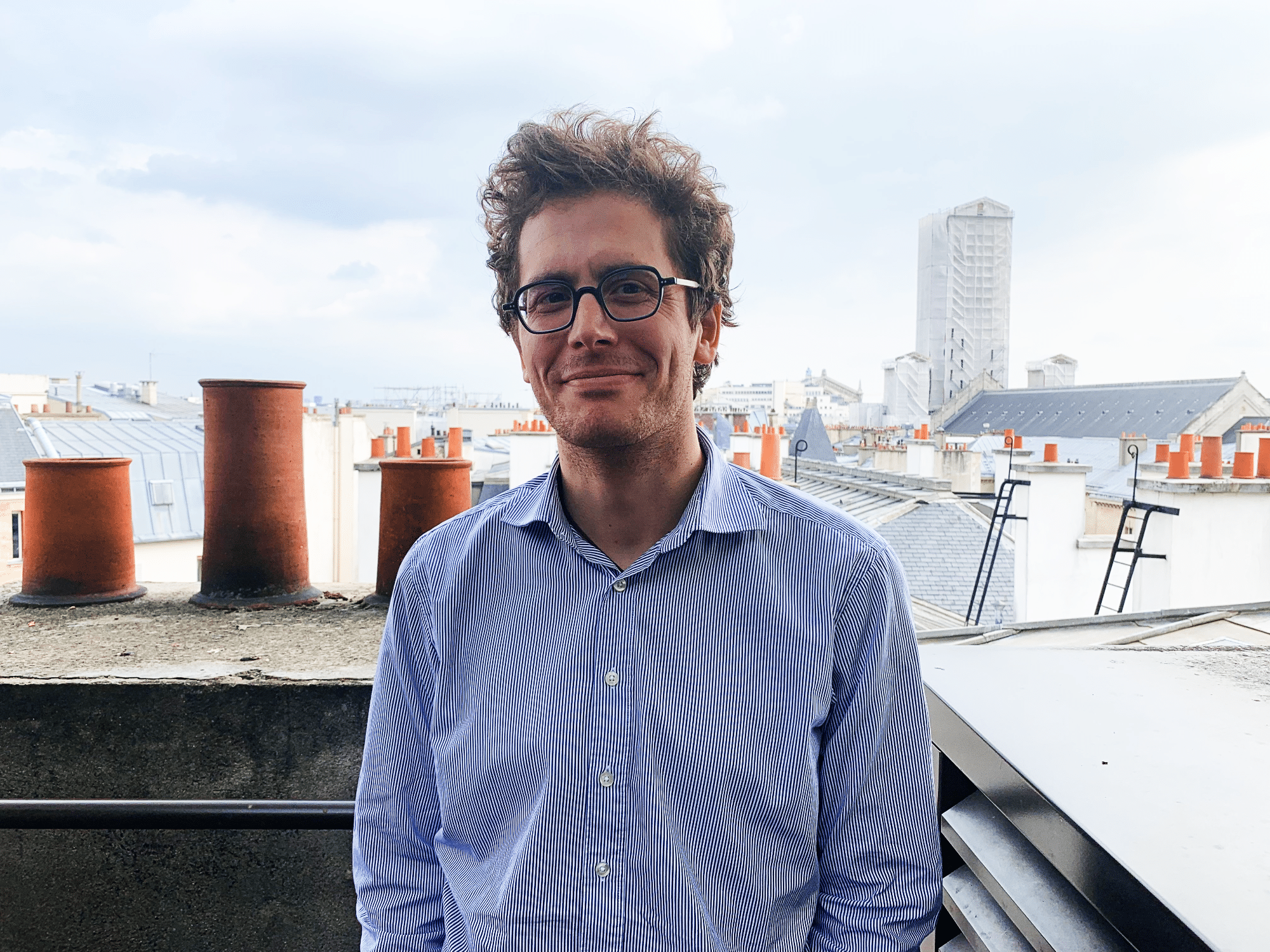
Jean Lesaffre and his teams have a big job to do. Every day, they work through large-scale software infrastructure challenges, ensuring that the 200 servers building Criteo’s entire codebase run smoothly 24/7.
We talked to Jean about his job, what it’s like to work in Criteo’s Site Reliability Engineering (SRE) department, and how he balances work with his personal life. Keep reading to get his advice for aspiring engineers.
Let’s start from the beginning—where are you from?
I’m from a very nice area of France: the Loire Valley! There are famous castles, vineyards, and the beautiful countryside. I lived there until I started studying computer science. Once I got my degree, I moved a couple of times before settling in Paris five years ago.
Tell us about your role at Criteo.
As an engineering manager at Criteo’s Paris headquarters, I look after several SRE teams within research and development (R&D). I always ensure they have the means to perform well and are focusing on various areas, from staffing to solving issues.
My engineering responsibilities mainly consist of driving the Criteo vision and technology roadmap. I do this by ensuring that my teams are aligned with the overall direction of R&D. I make sure that our recommendations for evolution allow Criteo to remain innovative and highly competitive.
What’s your average day like?
I try to get quality one-on-one time with my team on a weekly basis. We discuss tech and organization, career development, mutual feedback, and so on.
I also have regular discussions with other Criteo engineering managers (EMGs) to ensure that our teams are aligned with other groups within R&D.
Finally, because we provide internal services, I also try to stay in touch with our customers to make sure that our vision is properly aligned with their needs.
What do you like most about your job?
I love that I get to work with brilliant people every single day. We have a culture of mutual respect at Criteo, which makes me excited to collaborate with many different teams.
For me, the job of an EMG is a bit like the job of a software engineer: you try to develop the most efficient and elegant code to provide the best possible answer to a problem.
What are three things you want people to know about Criteo’s SRE department?
My team gets a firsthand glimpse at everything that happens in R&D at Criteo—from near-real-time applications that face an extremely heavy load, to our customer-facing services, and even our big machine learning jobs.
Scale is everywhere: Over 200 servers build our entire codebase 24/7. We often speak about the size of our Hadoop cluster; however, our Jenkins cluster is dedicated to build Criteo code and is very important as well.
One of our major projects this year is to migrate our .Net Framework codebase to .Net Core in order to execute it on Linux. At this level of scale and performance, this is far from easy. Our SRE teams are on the outpost of this transformation.
How does someone become an SRE today when there is no school for it?
It’s actually pretty simple: you just have to join our department! But seriously, today there are far more materials available than a few years ago. Google wrote two good books that provide great insight on exactly what the role is. You can easily find articles, conference replays, and Meetups online. We even organize our own Meetups at Criteo’s Paris headquarters.
SRE philosophy is to solve software infrastructure problems at scale with software engineering principles. So all you need to have is software engineering skills and the eagerness to work in the SRE field.
What opportunities does Criteo offer for building a career?
Lots! The field is quite large, from machine learning and deep learning, to real-time application and large-scale software infrastructure. We are doing a lot of interesting things at a scale that can be compared only to the biggest players in the internet industry, and we’re addressing 1.2 billion customers online every month.
There are many opportunities to learn at Criteo, from internal training to knowledge-sharing sessions from Beer & Tech, to in-house Meetups. Each R&D employee is sponsored to attend an internal conference every year and several national conferences in the field.
Our culture and HR programs also push employees to grow, and there is a strong focus on internal mobility. And our voyagers program allows you to join another team for a few weeks, and it’s been adopted by more than 40% of R&D employees. Having people move around is very healthy; it makes information flow, keeps teams close to each other, and encourages individuals to keep learning.
How do you balance your Criteo career with your personal life?
I try to keep a physical separation from work and personal time. Except for some exceptions, I do not work at home. When I’m at the office, I’m fully dedicated to work, but when I’m at home, I’m 100% available for my family.
I also try to keep reasonable work hours. Not only do you lose efficiency when staying late, but it also initiates a vicious cycle. Somehow, the longer you work, the more work you have stacking up.
The “lead by example” principle applies to this: If you want people on your teams to have a healthy work-life balance, you need to have one, too.
What are your favorite things to do outside of work?
I have kids, so spending time with my family is a major part of my free time. Besides that, I read a lot of different books, and I also love a good movie.
If technology, innovation, and complexity get you out of bed in the morning, SRE could be for you! Click here to view all of our open roles.















